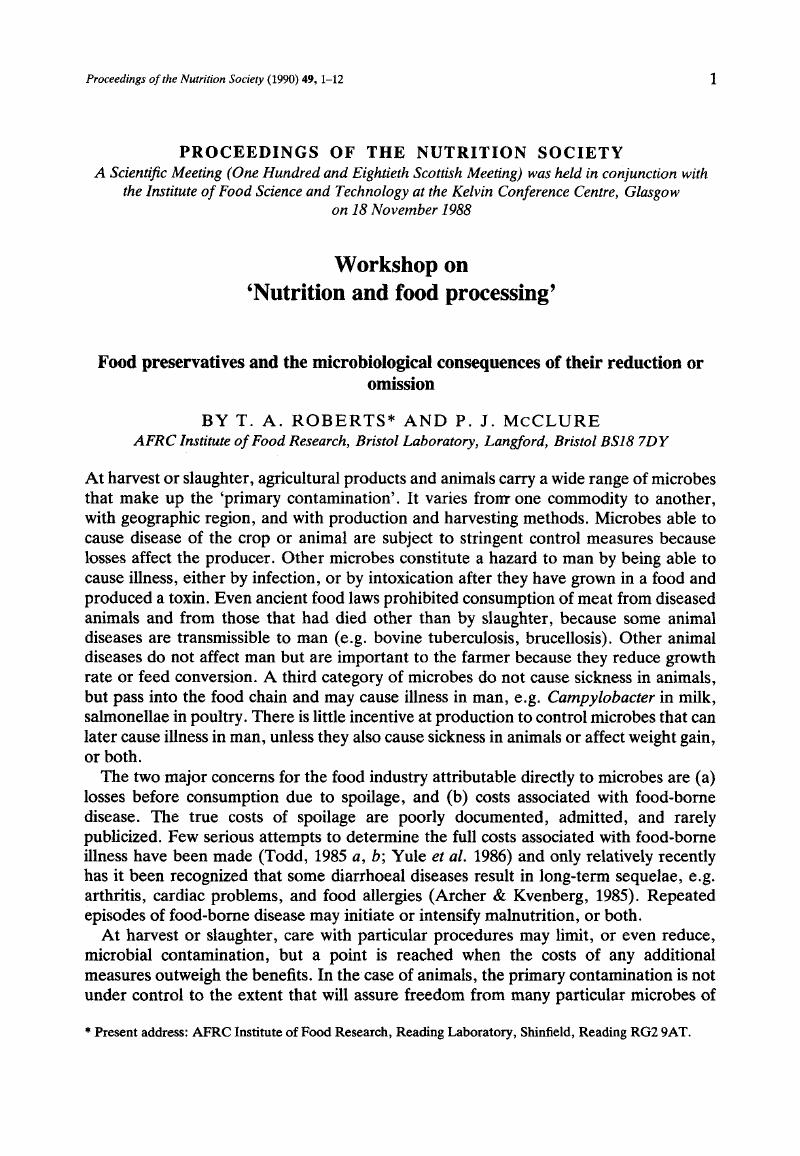Crossref Citations
This article has been cited by the following publications. This list is generated based on data provided by Crossref.
1991.
Abstracts of Communications.
Proceedings of the Nutrition Society,
Vol. 50,
Issue. 1,
p.
1A.
1993.
Abstracts of Communications.
Proceedings of the Nutrition Society,
Vol. 52,
Issue. 3,
p.
272A.
Rory Ellis, Peter
Wang, Qi
Rayment, Phillippa
Ren, Yilong
and
Ross-Murphy, Simon
2001.
Handbook of Dietary Fiber.
p.
594.
Ballance, Simon
Mæhre, Hanne K.
Rieder, Anne
Arslan Lied, Gülen
Hindar Tvedt, Espen K.
and
Dierkes, Jutta
2022.
The solution properties of galactomannan after simulated digestion of guar fortified bread predict the extent of postprandial insulin reduction in healthy adult overweight subjects.
Food & Function,
Vol. 13,
Issue. 19,
p.
9810.





